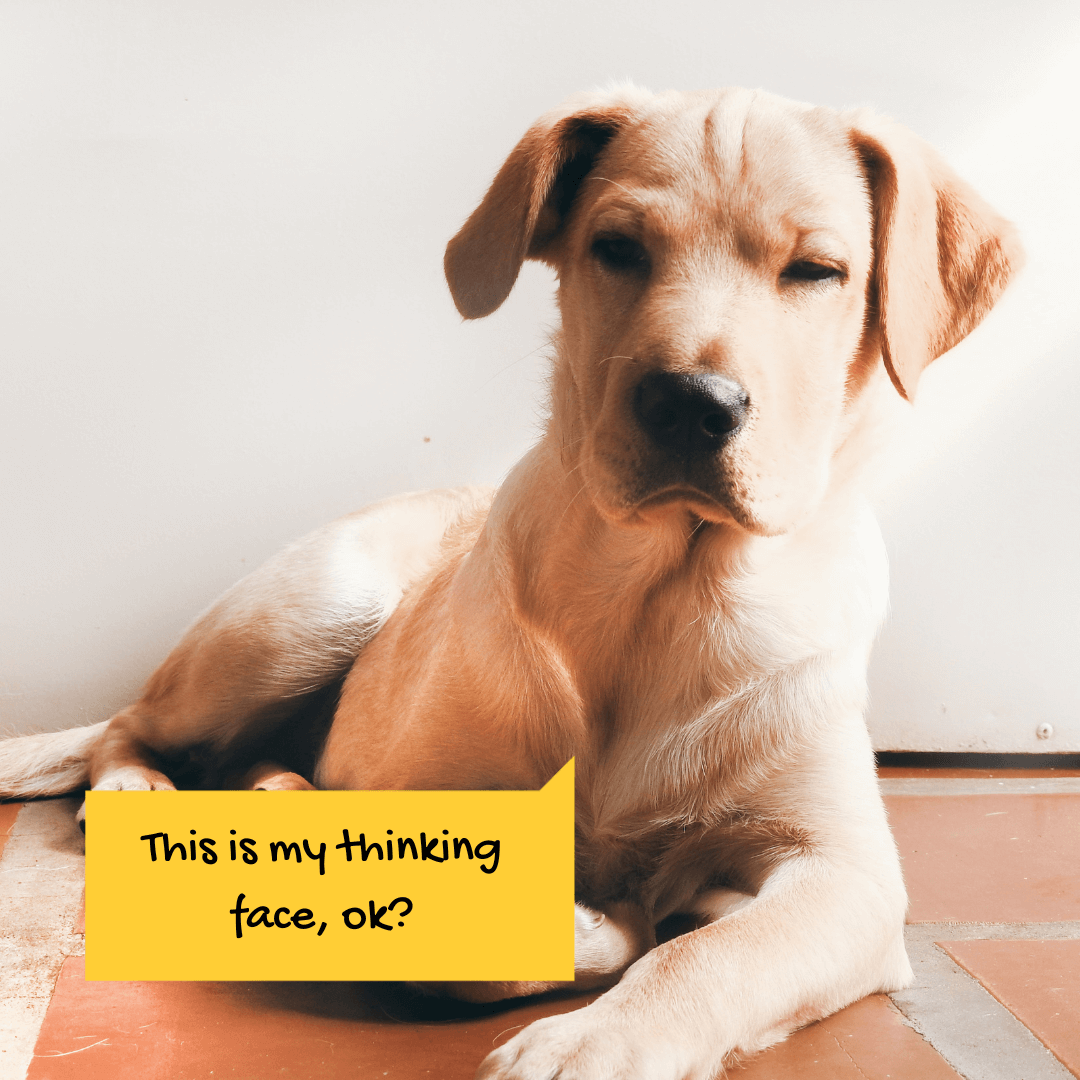Dog Language 101: Decoding Woofs, Wags, and Wiggles!

Welcome, fellow canine enthusiasts, to a quirk-filled journey into the enchanting world of dog language! If you’ve ever found yourself perplexed by your furry friend’s body language and expressions, fear not. Today, we’re going to unleash the secrets of decoding those tail wags, ear twitches, and adorable puppy eyes. So, grab a treat, sit back, and prepare to embark on an adventure like no other!
- The Tail Talk: Ah, the tail, that wonderful appendage that wags with unbridled joy. But did you know that tails are more than just wagging machines? The position, speed, and direction of the wag can reveal a dog’s emotional state. A slow, tentative wag could mean uncertainty, while a rapid wag with a high, fluffy tail signifies excitement. If that tail curls between the legs, it’s a clear sign of fear or submission.
- Ears Up, Ears Down: Those furry antennae atop your pooch’s head are not just for decoration! Doggie ears are quite an expressive tool. When those ears are perked up, it’s a sign that your furry pal is alert, attentive, and ready for action. But when they droop or flatten against the head, it may indicate fear, sadness, or submission. So, next time you see those ears doing the limbo, give your pup an extra dose of love and reassurance!
- Eyes That Speak Volumes: If eyes are the windows to the soul, then your pup’s eyes are a delightful doggy diary. When your dog locks eyes with you and has relaxed, soft eyes, it’s a clear sign of affection and trust. Dilated pupils, however, can indicate excitement or fear. And those pleading, puppy-dog eyes? They’re an unbeatable weapon of persuasion designed to melt your heart and secure an extra treat or two.
- The Great Mystery of Barks: Bark! Bark! Woof! Ah, the language of canines in its most vocal form. Barks come in a variety of pitches, volumes, and durations, each conveying a different message. A rapid-fire, high-pitched bark often signals excitement or alarm, while a deep, low growl could mean your pup is feeling threatened. Let’s not forget those infamous “I’m bored” barks that demand playtime or adventure.
Now, before we wrap up this wild ride through dog language, let’s ponder a fascinating thought. Our furry friends have been deciphering our body language since time immemorial, long before we even contemplated the intricacies of tail wags and ear twitches. They can read us like open books, sensing our moods, intentions, and even our deepest secrets. They are the masters of perception, gifted with an uncanny ability to understand us without needing a guide.
So, let us not only learn to decode their delightful language but also take a moment to appreciate the profound connection we share with these marvellous creatures. In this dance of understanding, may we humans strive to be as astute and observant as our beloved dogs.
Remember, fellow dog lovers, the next time you see your furry companion trotting alongside you, tail wagging, eyes twinkling, and ears perked up, take a moment to cherish the unspoken conversation. Embrace the language of paws and whiskers, and revel in the fact that our dogs can read us better than we can read ourselves.
So, keep it up, keep decoding those doggy messages, and cherish the bond you share with your four-legged best friends. Remember, life is always brighter when there’s a wagging tail to greet you at the door!
If you are interested in what others, ask about their dog’s body language. See below:
Why is tail wagging the most prominent sign of a dog’s emotions? Tail wagging is often associated with a dog’s emotional state because it is a highly visible and instinctive behaviour. Dogs use their tails to communicate and express their feelings. However, it’s important to note that the specific context and other body language cues should also be considered when interpreting a dog’s emotions.
What does it mean when a dog licks its lips? Lip licking in dogs can have various meanings. While it can sometimes be a sign of anticipation or hunger, it is often a calming signal. Dogs may lick their lips when they feel anxious, stressed, or uncomfortable in a particular situation. It’s crucial to observe the overall body language of the dog to accurately interpret what they are trying to communicate.
How can I tell if my dog is happy? A happy dog typically exhibits a relaxed body posture and loose, wiggly movements. They may have a soft, open mouth with a relaxed tongue and eyes that appear bright and alert. Tail wagging is often a sign of happiness, but it’s important to consider the context and the rest of the dog’s body language to determine their overall emotional state.
Can dogs understand human body language? Yes, dogs have a remarkable ability to understand human body language. They can pick up on subtle cues such as facial expressions, body posture, and even tone of voice. Dogs are highly attuned to their human companions and can often sense their emotions, making them excellent readers of our body language.
Are there any universal dog body language signals? While some dog’s body language cues are generally understood across different breeds and individuals, it’s important to remember that dogs also have their own unique personalities and preferences. However, certain signals, like a tucked tail indicating fear or raised hackles indicating arousal, are commonly observed. Understanding your own dog’s specific body language and behaviours will help you build a stronger bond and communication with them.
